Mad Max 2: The Road Warrior

With the international popularity of “Mad Max,” George Miller was excited to get back into the driver’s seat and continue with his hero as he wandered the dystopian wastes of Australia looking for fuel. It was a smart move as “Mad Max 2,” or “The Road Warrior” as it was released in the States, not only did well at the box office but helped build the cult following of this franchise. Join us — Pete Wright and Andy Nelson — as we continue our Mad Max series with 1981’s “Mad Max 2: The Road Warrior.”
Mad Max
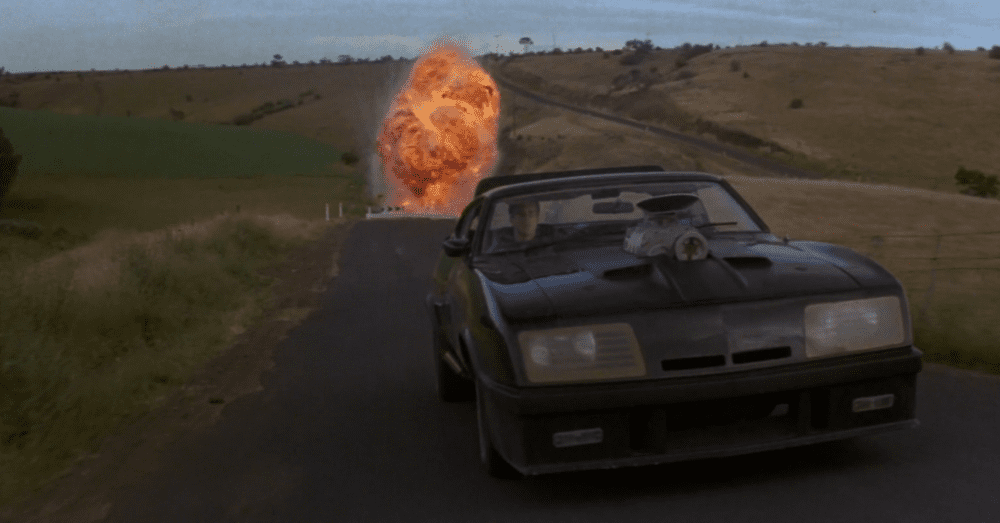
George Miller’s film “Mad Max” came out in 1979 in Australia and became a huge success, going on to become the most profitable film ever until it was unseated from its throne by one Blair Witch. It went on to spur two sequels and, soon, a fourth. Join us — Pete Wright and Andy Nelson — as we gear up for one of our most anticipated movies this summer by kicking off our Mad Max series with the start of it all — “Mad Max.“
Touch of Evil
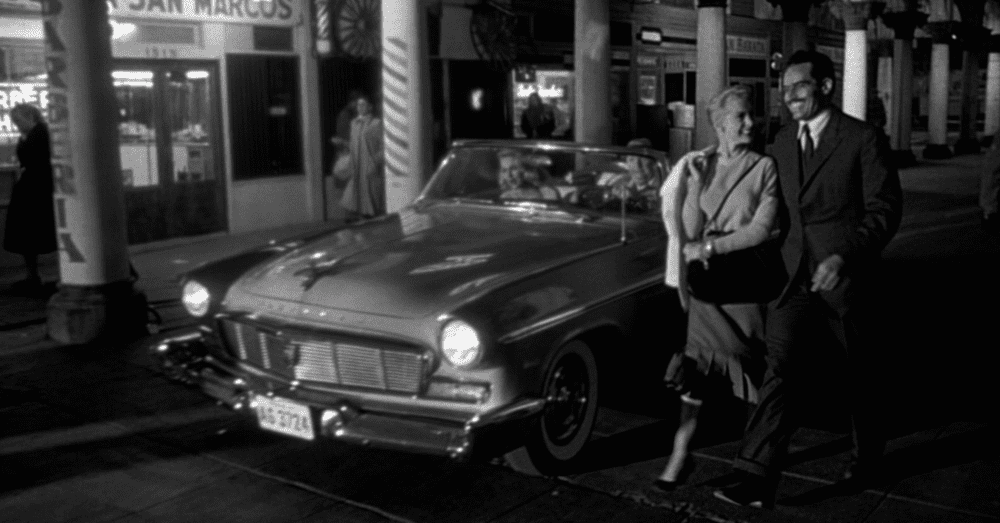
Orson Welles never was one who could direct in the Hollywood studio system without a hitch, and his last studio picture he directed, 1958’s “Touch of Evil,” stands testament to that fact. While the shoot itself went well, the film ran into its issues in post, leaving a truncated version that Welles wasn’t a part of (nor happy with) released on the bottom of a double bill. Now, with a re-edited re-release, the film now stands as not only one of the great films noirs but also as one of Welles’ finest cinematic achievements. Join us — Pete Wright and Andy Nelson — as we finish our film noir series with this magnificent, and dark, film.
Ace in the Hole
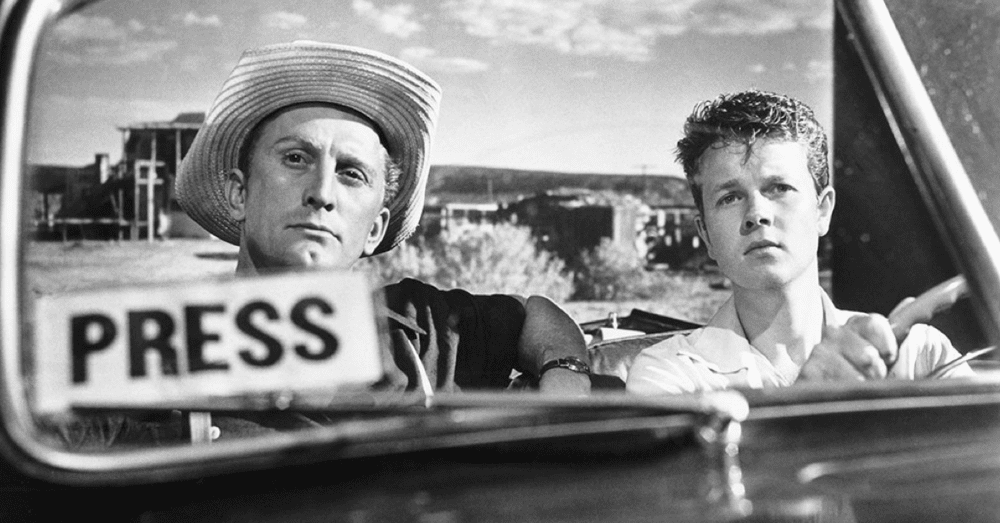
Released in 1951, Ace in the Hole came out a time when neither the public nor the critics were ready for something like it and it flopped. Hard. But with time, it’s found a new audience and has been canonized as one of Billy Wilder’s greatest achievements. Join us — Pete Wright and Andy Nelson — as we continue our Film Noir series with “Ace in the Hole.”
Out of the Past
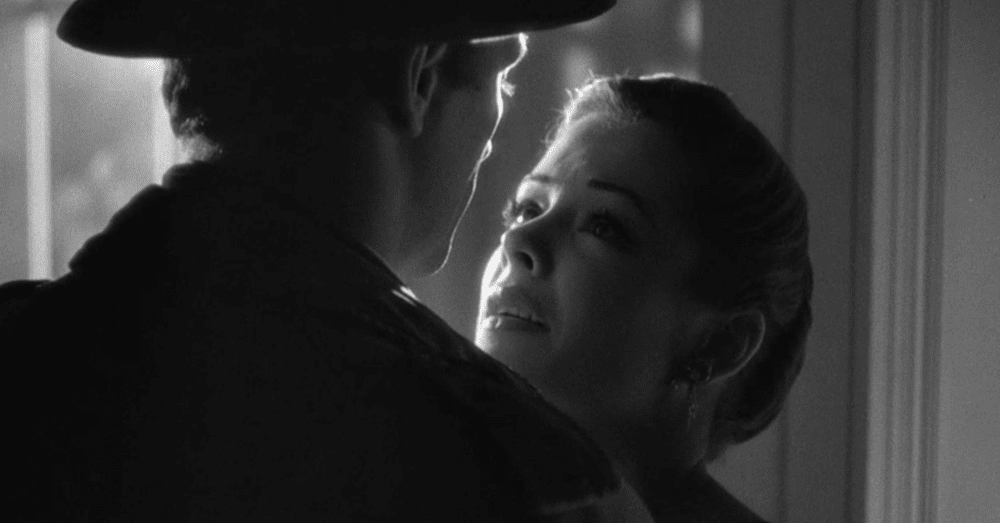
The two films most often cited as the ultimate representations of film noir are Billy Wilder’s 1944 film “Double Indemnity” and Jacques Tourneur’s 1947 film “Out of the Past.” Tourneur’s film gives us Robert Mitchum at his laconic best, Jane Greer at her sexiest and Kirk Douglas in one of his earliest roles but already defined by his machismo. Join us — Pete Wright and Andy Nelson — as we continue our Film Noir series with “Out of the Past.”
Scarlet Street
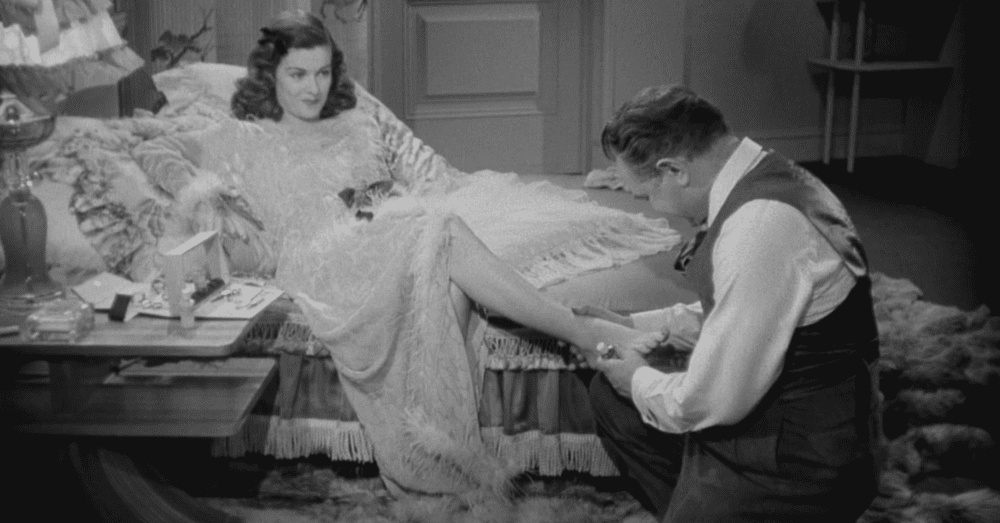
Fritz Lang may have often had conflicts with his producers, but when he turned out a great film, he made so great that it’s easy to look past his argumentative nature and just focus on the end product. Well, perhaps more so now than at the time. Sure, he had his stinkers, but looking at a magnificent film like “Scarlet Street,” it’s easy to forgive any battles he started and just relish the brilliance of the story. Join us — Pete Wright and Andy Nelson — as we continue our Film Noir series with Lang’s 1945 masterpiece, “Scarlet Street.”
Detour
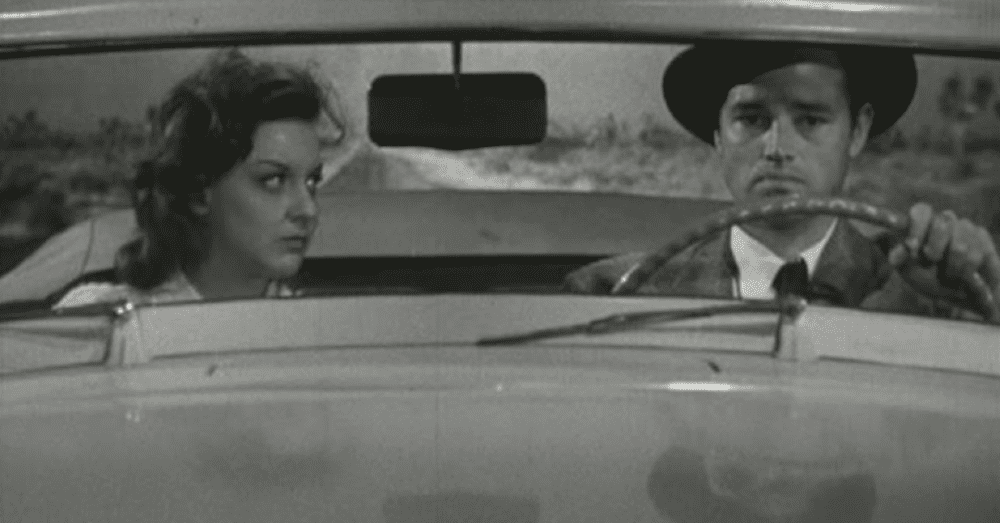
There are good films noir and there are bad films noir. But rarely do you have a case like 1945’s “Detour,” directed by Edgar G. Ulmer, where the poor quality that would make it a bad film could actually be construed as elements that make it a good film. In fact, this is arguably the only case where that happened. Join us — Pete Wright and Andy Nelson — as we continue our Film Noir series with Ulmer’s “Detour.”
Double Indemnity
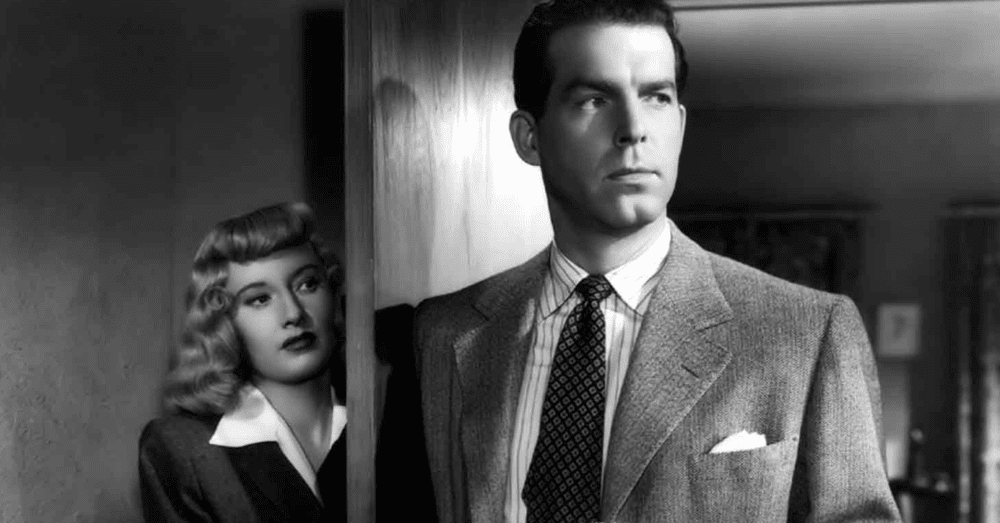
Nobody knew they were making films noir when the genre started in the 40s — it wasn’t until much later when the French dubbed this new run of American films that had a darker bent with snappy dialogue, lots of shadows and femme fatales film noir. Billy Wilder was setting out to make a crime thriller; he didn’t realize at the time that his film “Double Indemnity” would be considered the first real film noir. Join us — Pete Wright and Andy Nelson — as we begin our Film Noir series with Wilder’s brilliant film from 1944.
La Vie en Rose
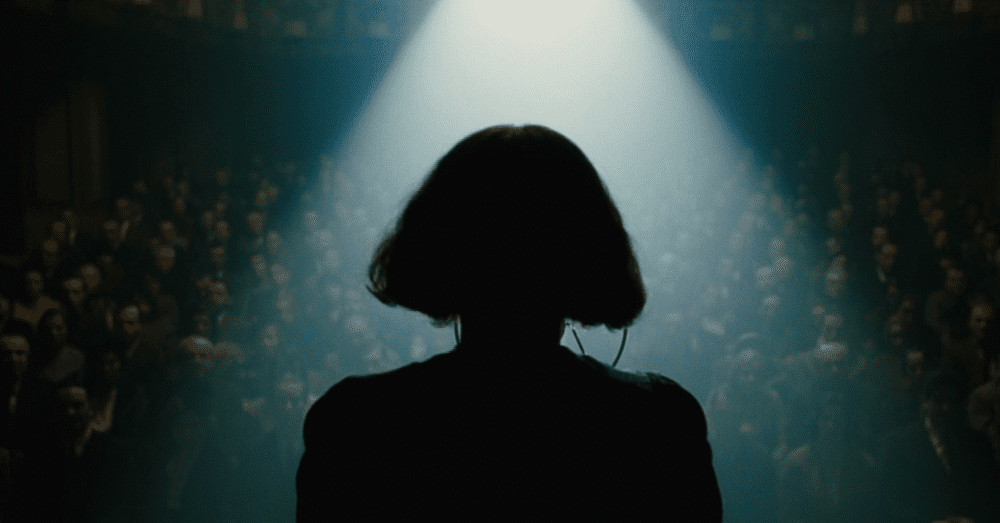
Biopics come in a variety of shapes and sizes. Olivier Dahan’s film “La Vie en Rose” detailing the life of Edith Piaf, one of France’s greatest singers and international stars, is a whirlwind of a film. Unlike biopics that tell the story linearly, this one wraps its audience in and proceeds to take them on a wild ride all through Piaf’s sadly short life, not so much focused on chronology as much as an emotional journey. It’s a brazen way to tell the story but one that mostly works. Join us — Pete Wright and Andy Nelson — as we conclude our 4-part Guess the Connection series with Dahan’s 2007 Oscar-winning film “La Vie en Rose.”
L.A. Confidential
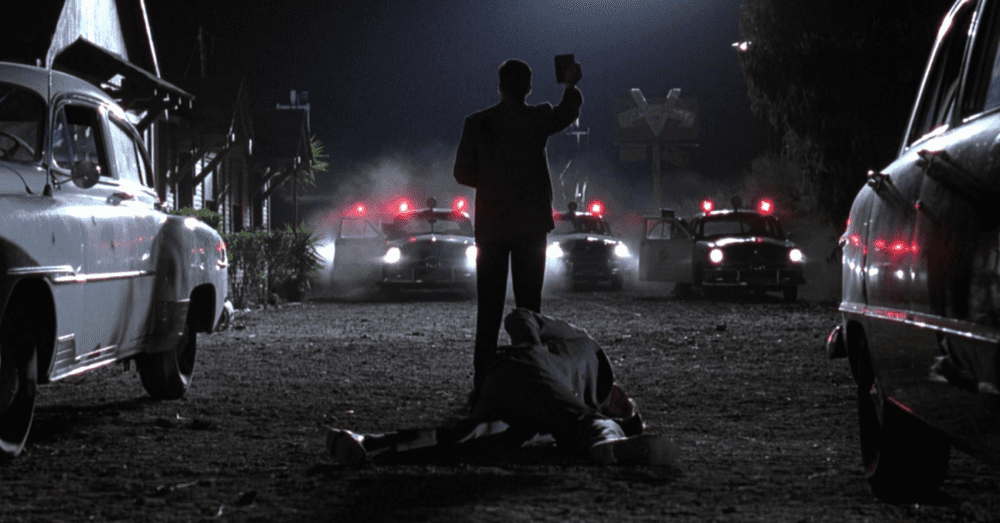
1997 was a big year for movies, and perhaps that’s because one of the biggest box office sensations — James Cameron’s Titanic — was released that year. And while it went on to make a gajillion dollars (okay, just $2.2 billion worldwide), many argue that it’s not actually the best movie of the year, but instead give that title to Curtis Hanson’s crime thriller L.A. Confidential. Join us — Pete Wright and Andy Nelson — as we continue our Guess the Connection series with this fantastic film.
